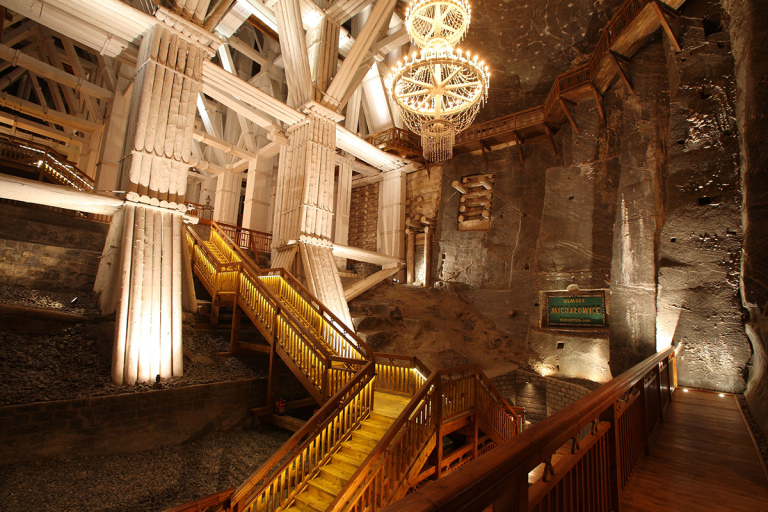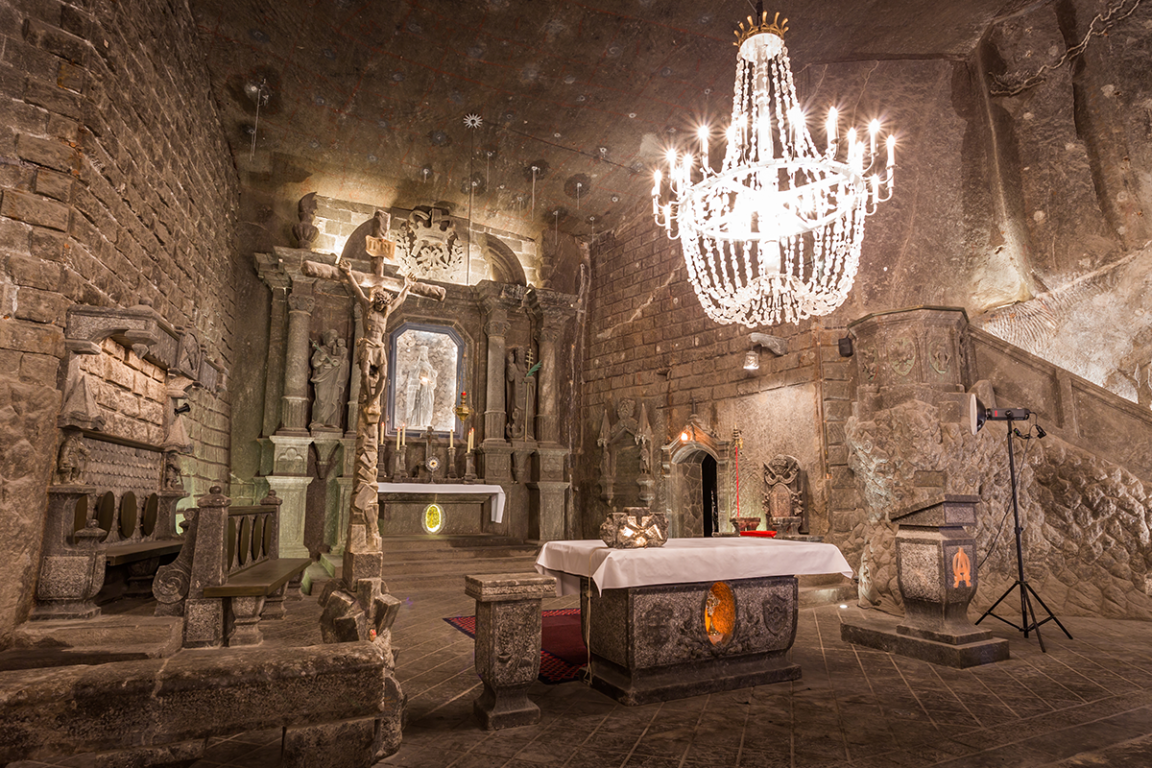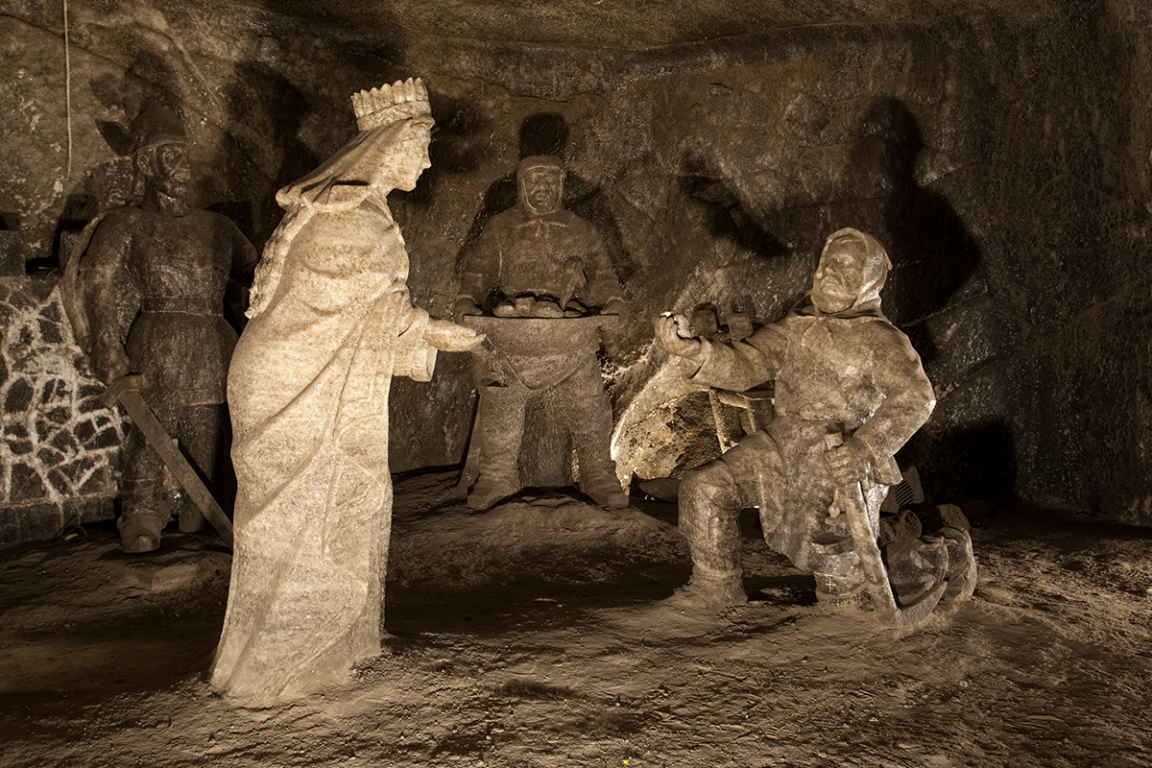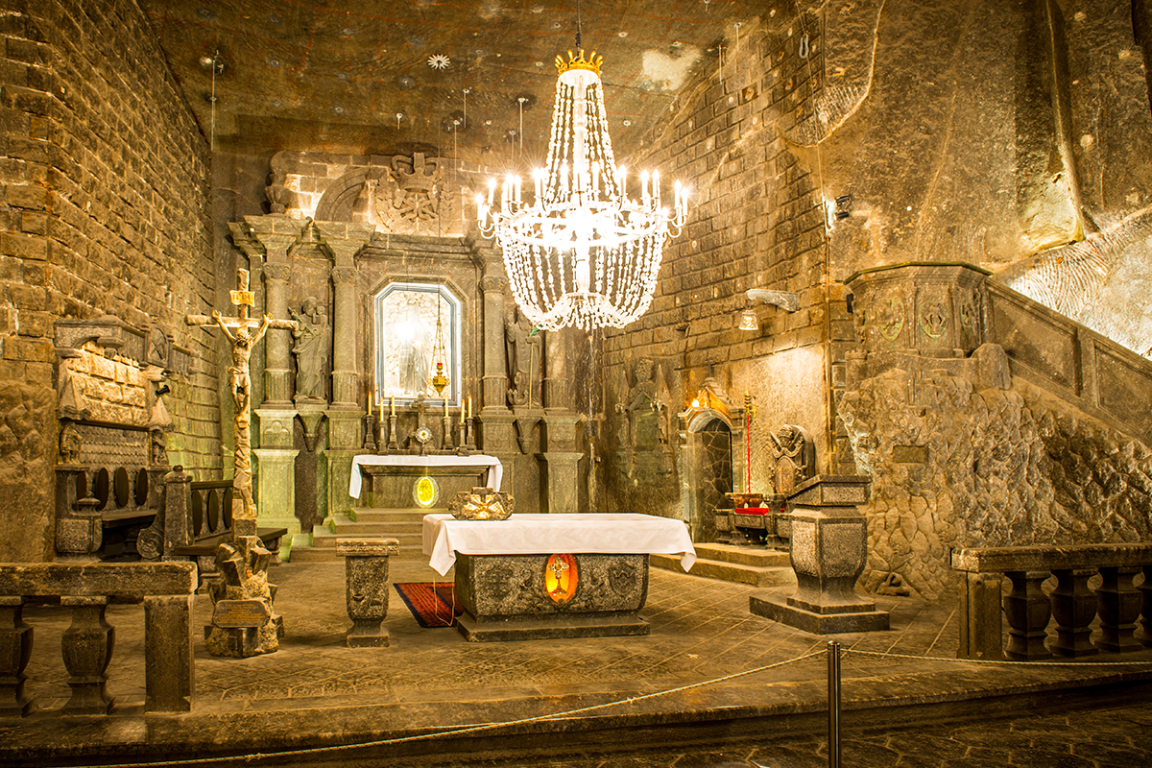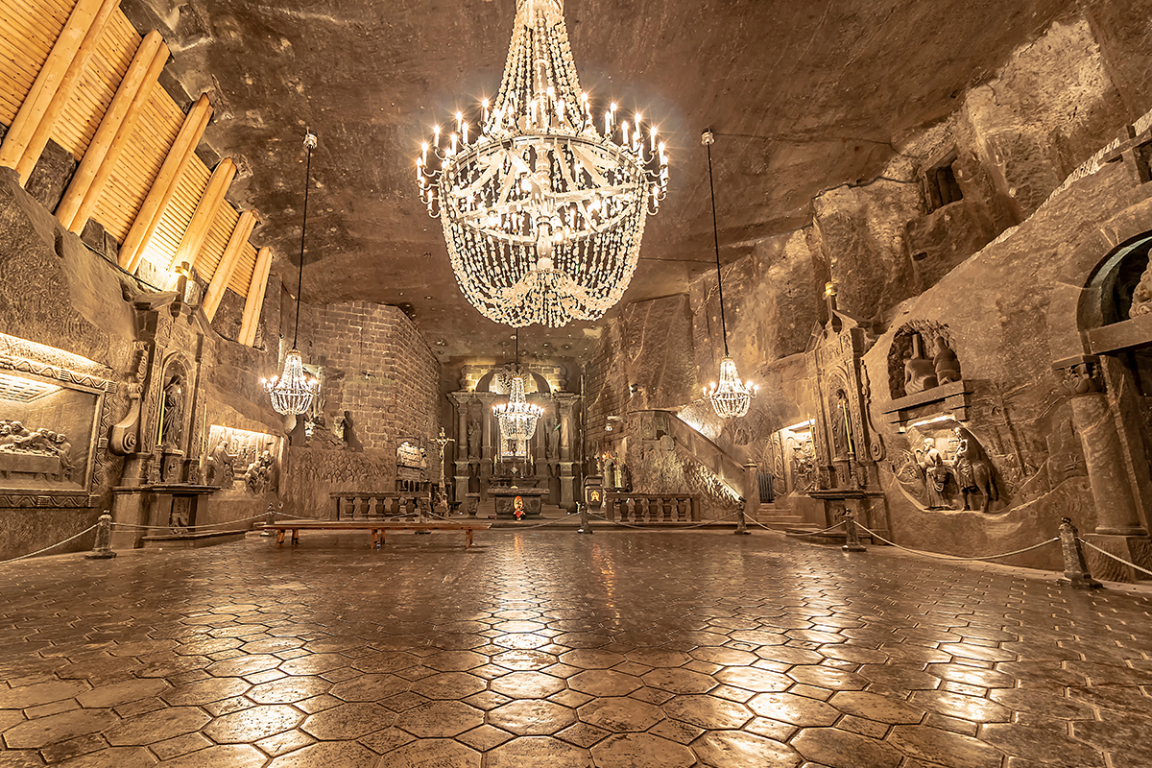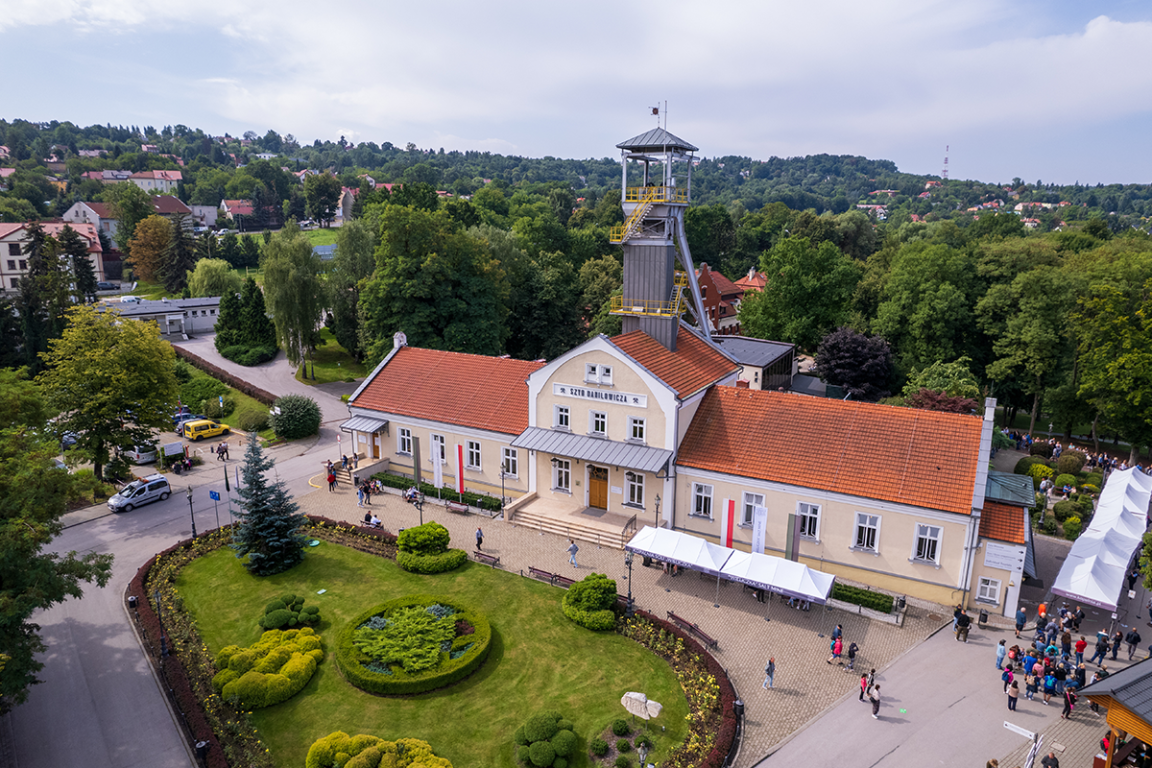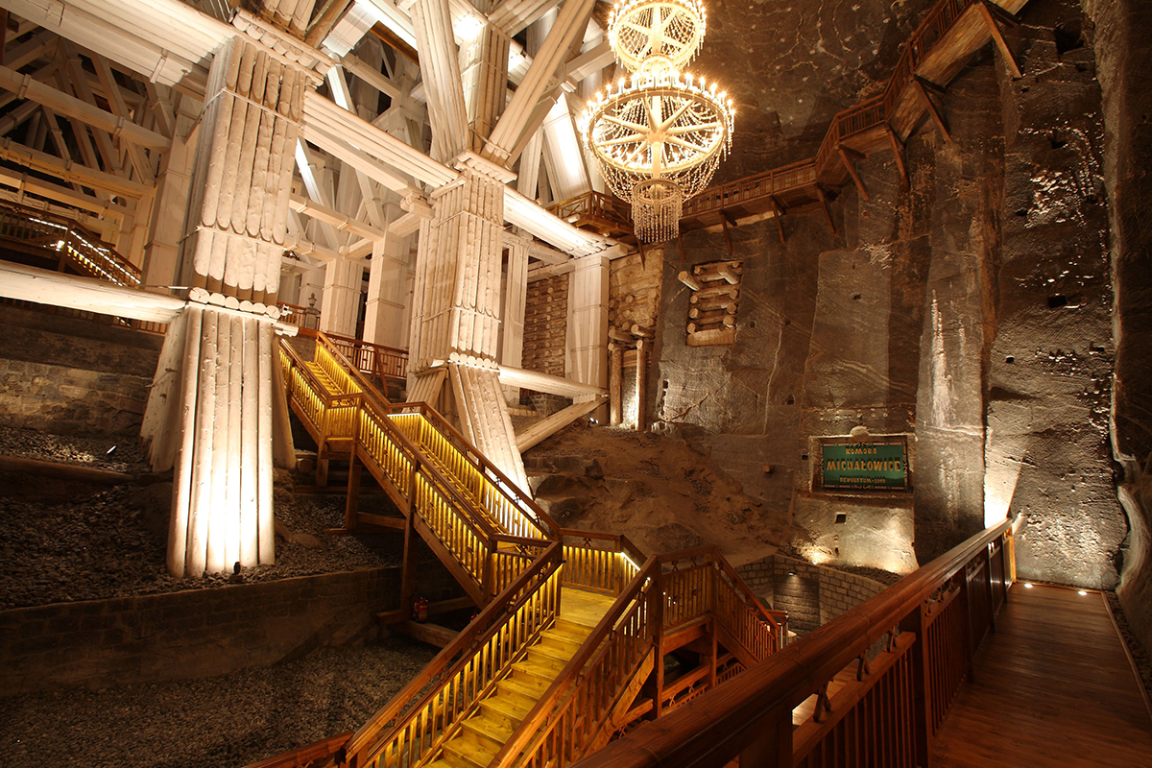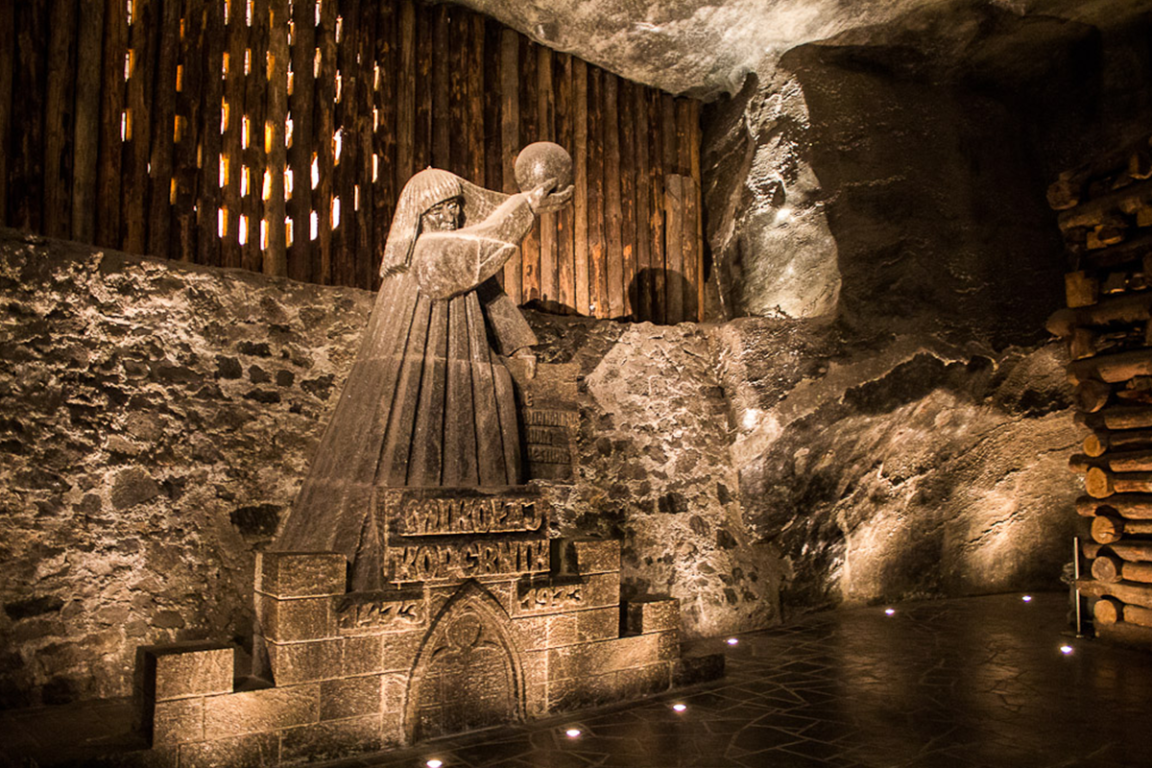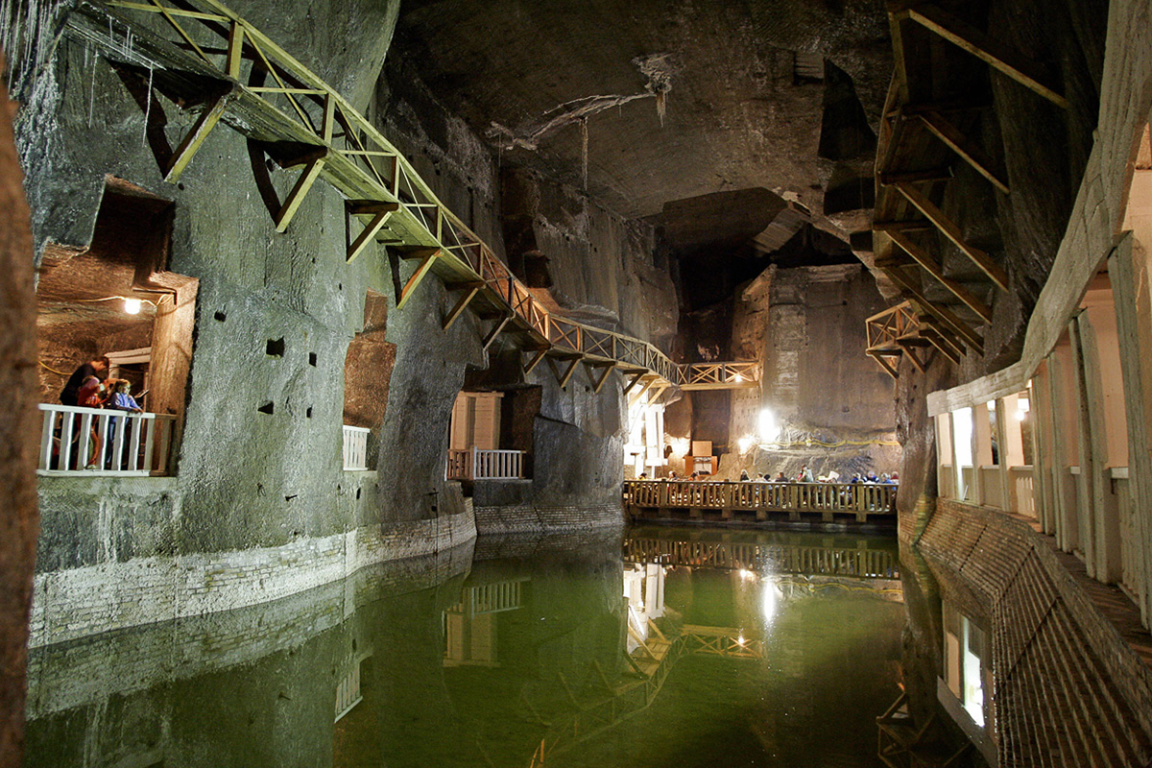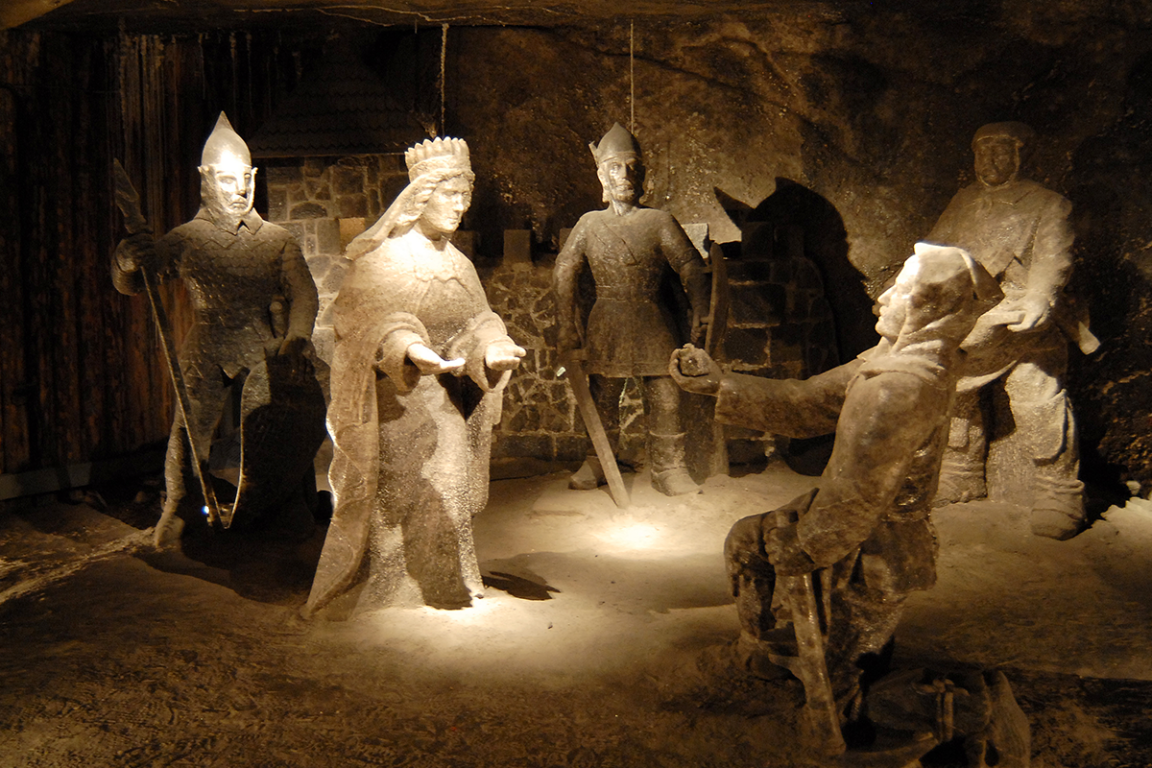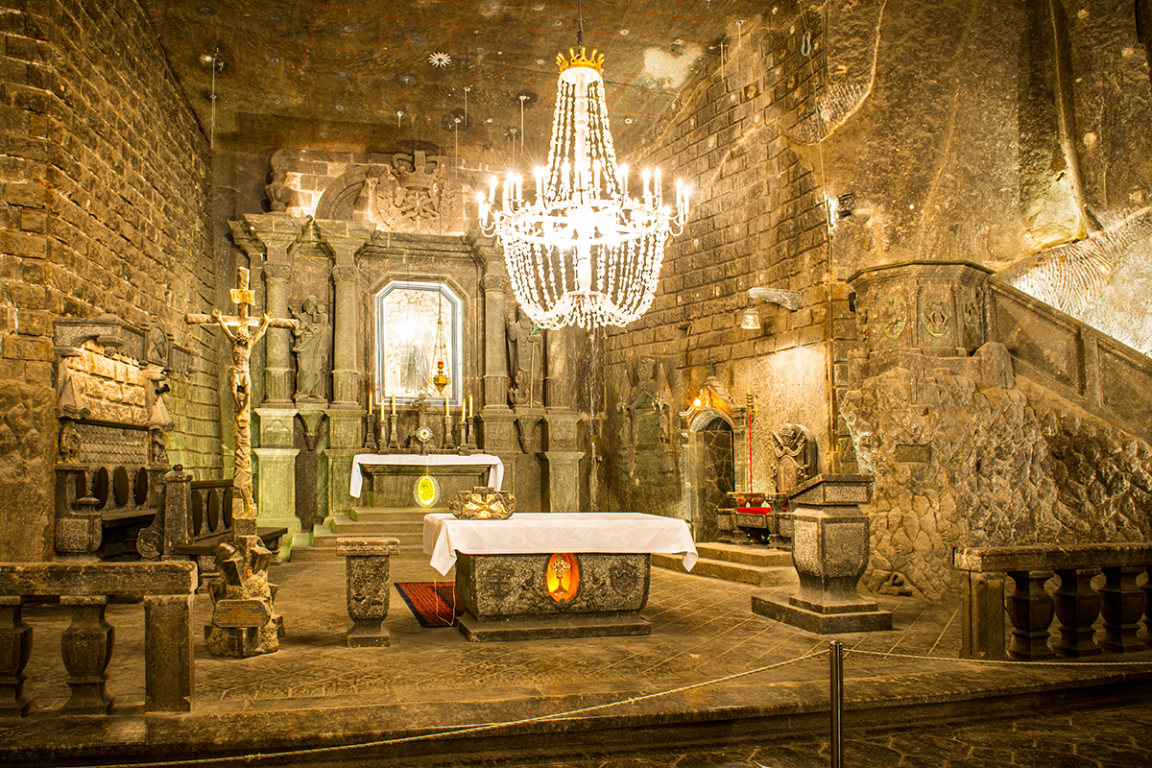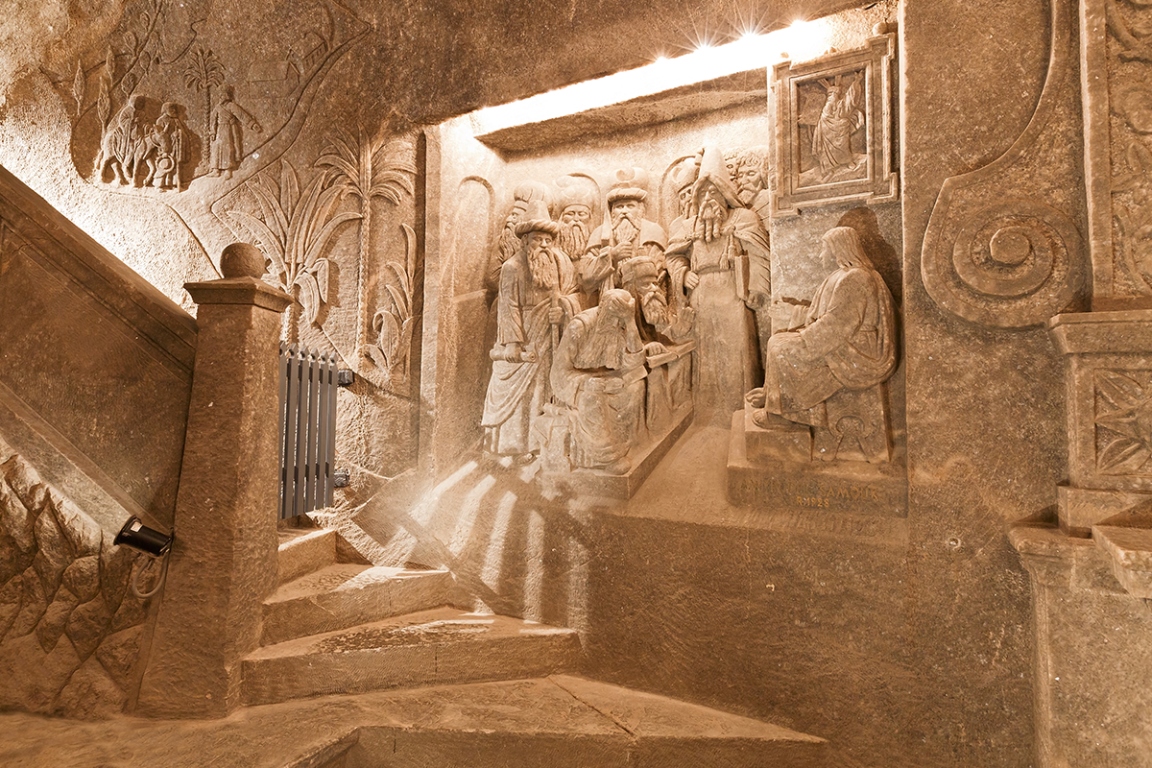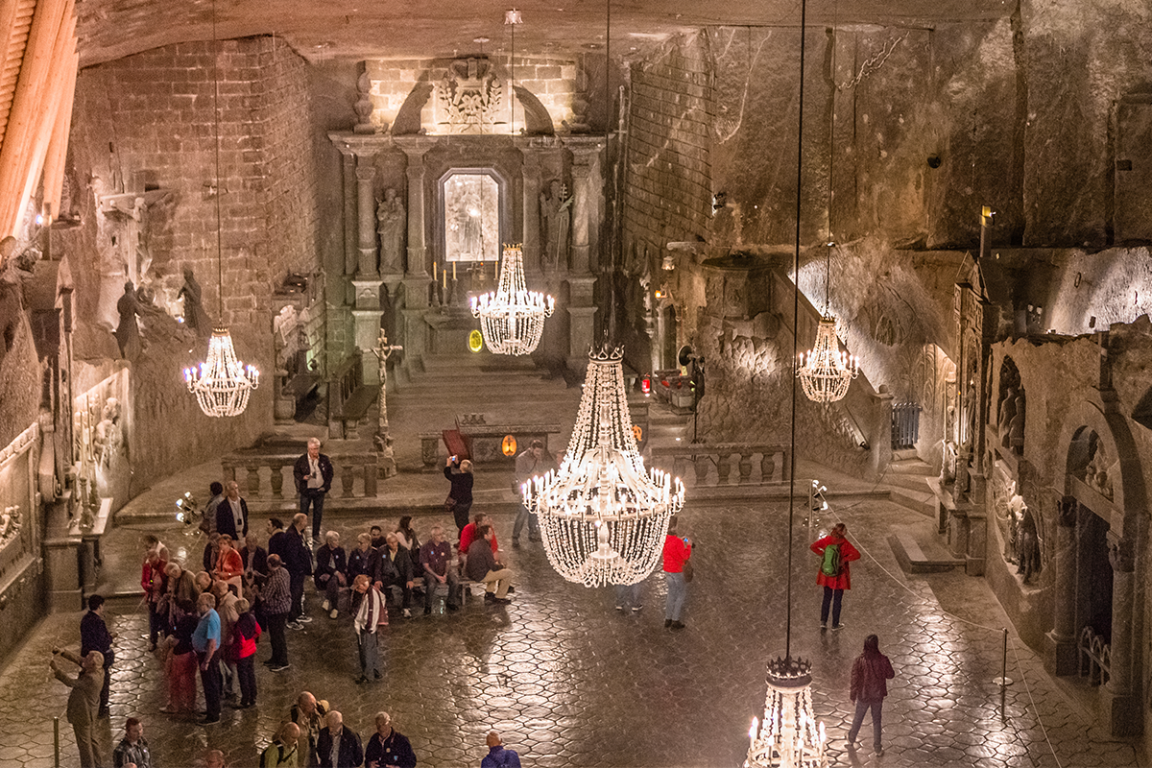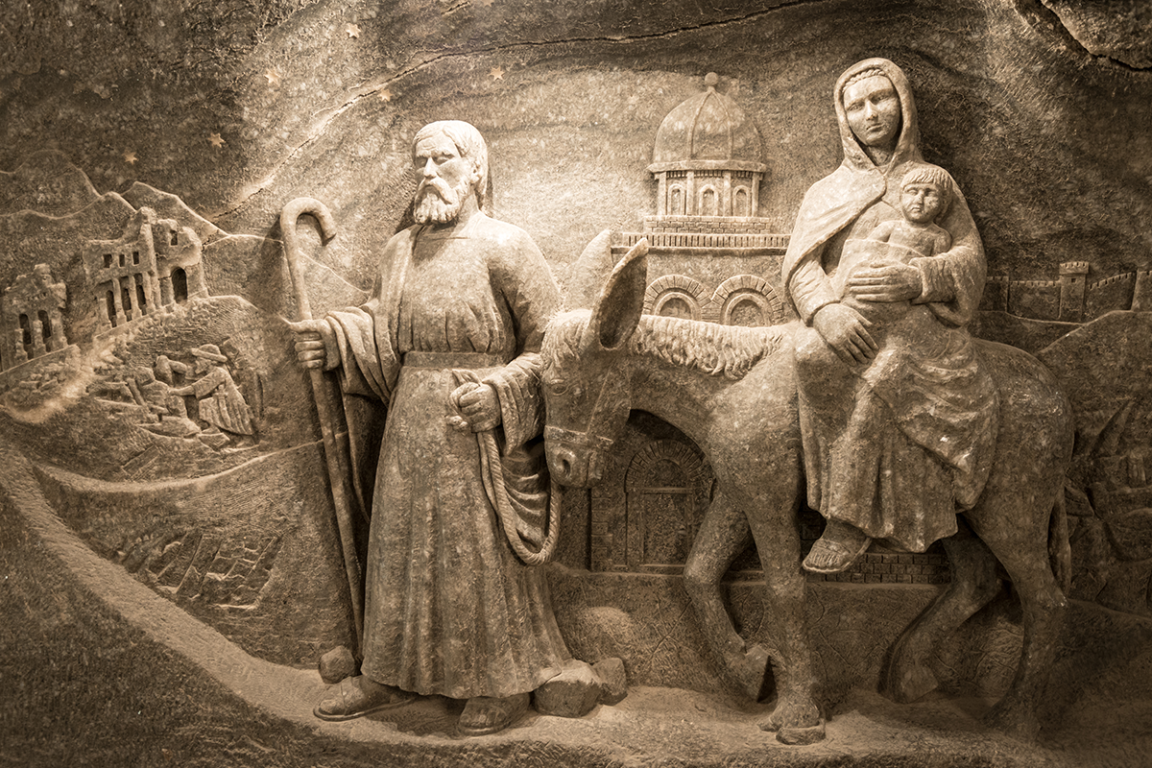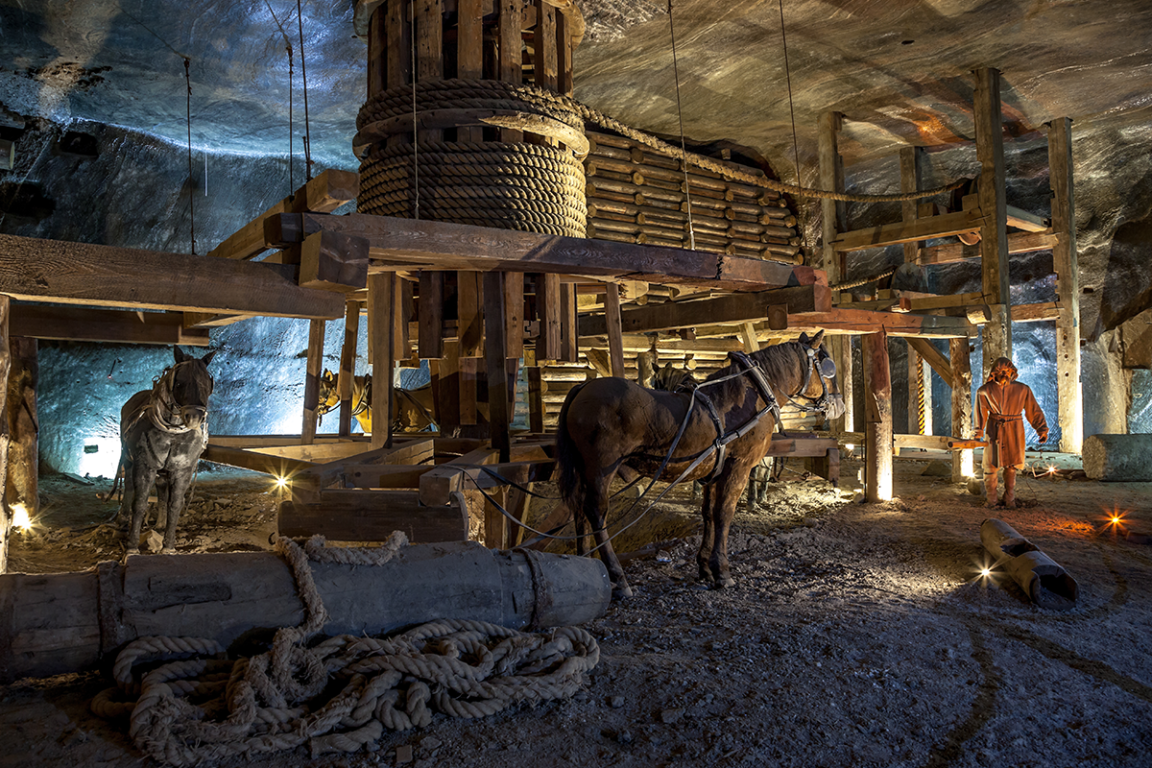Beneath Poland’s Surface: The Soul of the Wieliczka Salt Mine
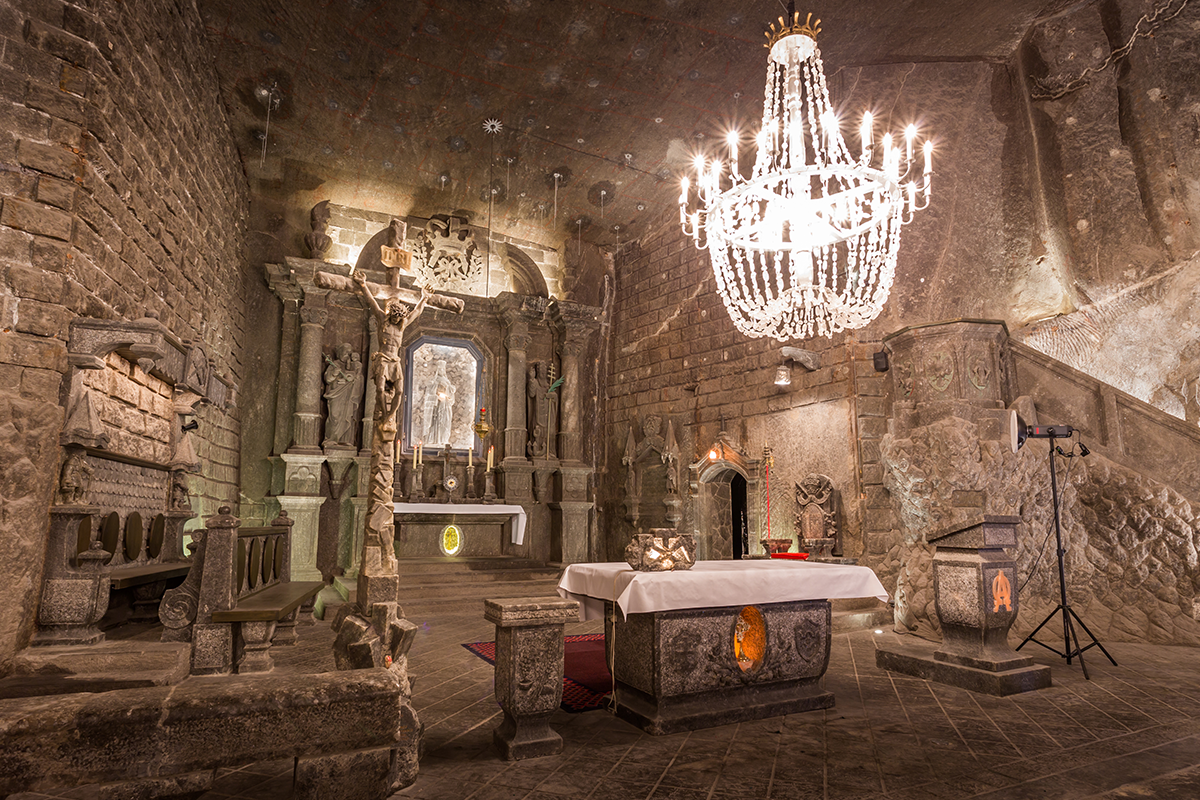
There is something almost biblical about salt. It preserves, it purifies, it flavours, and in centuries past, it financed kingdoms. When you descend into the Wieliczka Salt Mine, just outside Kraków, you are not merely entering a mine: you are stepping into a cathedral of labour, artistry, and devotion, carved into Poland’s very bones. Few places on earth feel so mythic yet so tangible — part underground museum, part pilgrimage, and part living story.
Why Salt Mines Mattered
Before refrigeration, salt was survival. It made perishable foods last the winter, kept armies marching, and underpinned economies across Europe. In Poland, salt was known as “white gold,” and kings drew vast revenues from it. The royal monopoly on salt mining in Poland ensured not only national wealth but also a unique cultural identity. Wieliczka, together with its sister mine in Bochnia, became a jewel of the Cracow salt trade, feeding markets from the Baltic to the Adriatic.
The miners were not just labourers but craftsmen, priests, and even artists. Their lives revolved around the substance, and in a place so saturated with salt, it is little wonder that faith and folklore seeped into the walls themselves.
Origins of Wieliczka – From Prehistory to a World Heritage Site
The first records of salt in Wieliczka date back to the Neolithic era, when brine was boiled to produce crystals. By the 13th century, proper mining had begun. It was King Casimir the Great who codified its operations, turning Wieliczka into one of medieval Europe’s great economic engines. For centuries, the mine financed Poland’s growth, its revenues filling the coffers of Kraków’s kings and bishops.
By the Renaissance, Wieliczka was legendary. Travellers from Italy and France marvelled at its scale. Writers compared it to a subterranean city, complete with chapels, staircases, and halls large enough to host royal banquets. Its importance never truly faded, and in 1978 UNESCO declared it a World Heritage Site — a recognition as much for its cultural impact as for its engineering marvels.
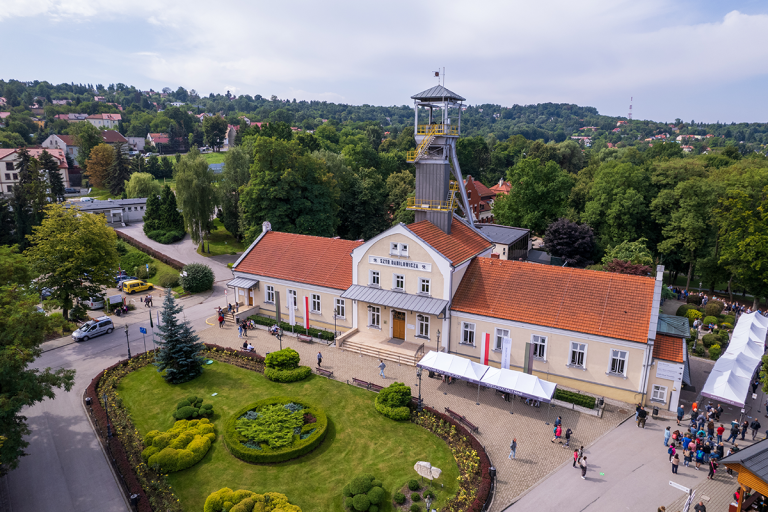
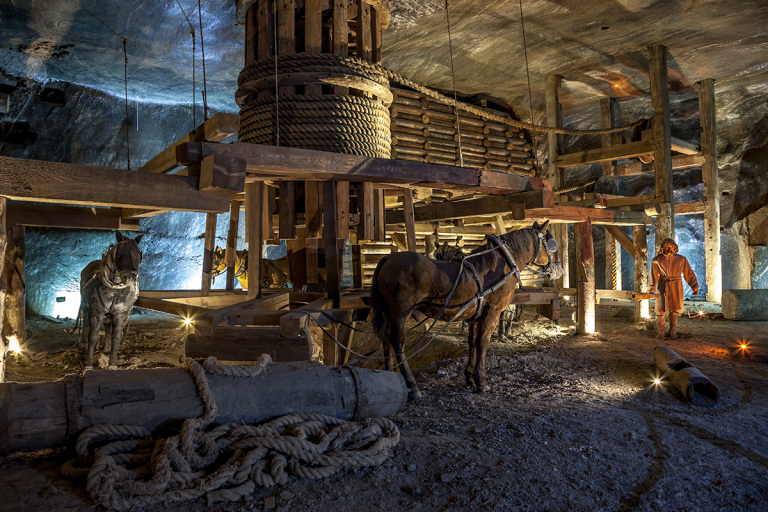
The Five Unforgettable Chambers
1. The Chapel of St Kinga
No chamber is more astonishing than the Chapel of St Kinga — an underground basilica carved entirely from salt, some 100 metres below the earth. Walls, floors, altarpieces, chandeliers: everything sparkles in crystalline greys and silvers. Legend tells of Princess Kinga of Hungary, who, upon marrying a Polish king, threw her engagement ring into a Hungarian salt mine. When she arrived in Wieliczka, miners discovered her ring embedded in the first block of salt they unearthed. Today, her chapel feels like the fulfilment of that legend — a space both spiritual and surreal, where miners once prayed before shifts and pilgrims now gather in awe.
2. The Erazm Barącz Chamber
Named after a 19th-century director of the mine, this chamber reveals one of Wieliczka’s most magical features: the subterranean lake. Its still waters glow with a greenish hue, reflecting the salt walls in mirror-like perfection. Because of the high salinity, the water is more buoyant than the Dead Sea, though no swimmer dares enter. Concerts and ceremonies
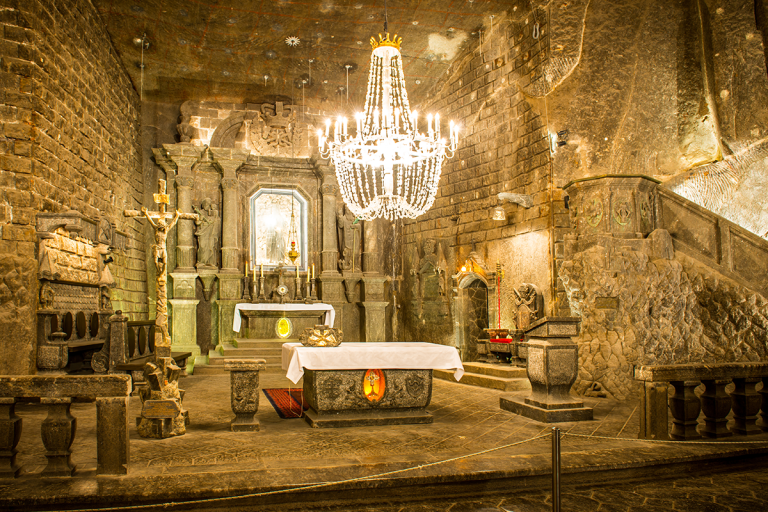
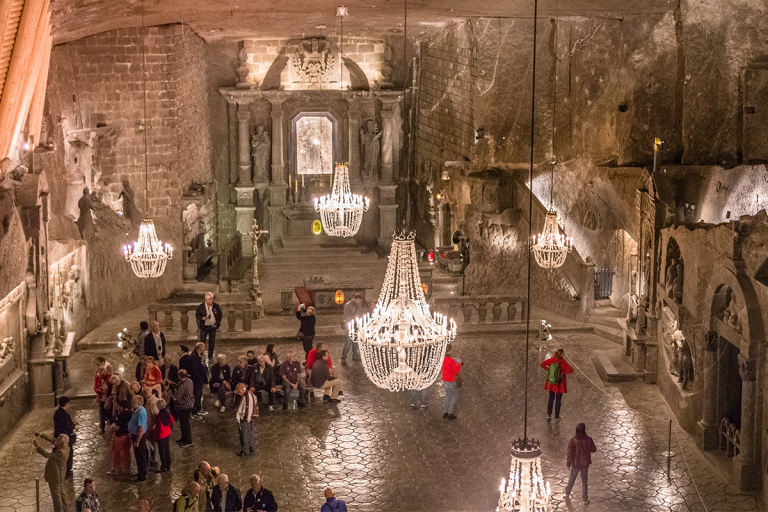
3. The Michałowice Chamber
Descend deeper and you find the Michałowice Chamber, an immense hollow reinforced by towering wooden scaffolds. The scale is staggering: the chamber rises to 36 metres high, with staircases zigzagging like something from a Tolkien novel. Here, one truly grasps the magnitude of medieval engineering. Imagine miners with simple tools chiselling their way into such grandeur. The chamber also boasts exceptional acoustics, making it another unlikely concert venue.
4. The Janowice Chamber
History and legend entwine in the Janowice Chamber, where salt sculptures tell the tale of Wieliczka’s founding. The scene most beloved by visitors depicts Princess Kinga offering salt to Poland, her legend immortalised in rock. These sculptures, carved by miners themselves, are both devotional and didactic: a kind of underground storytelling, ensuring that even deep in darkness, Poland’s myths endured.
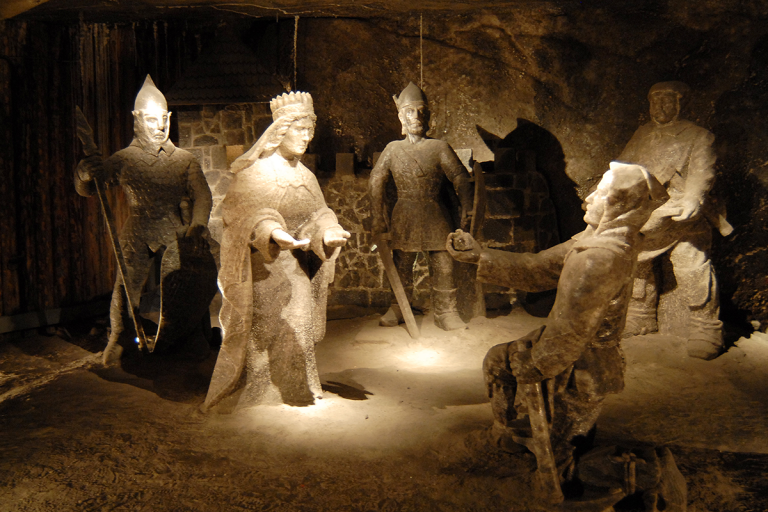
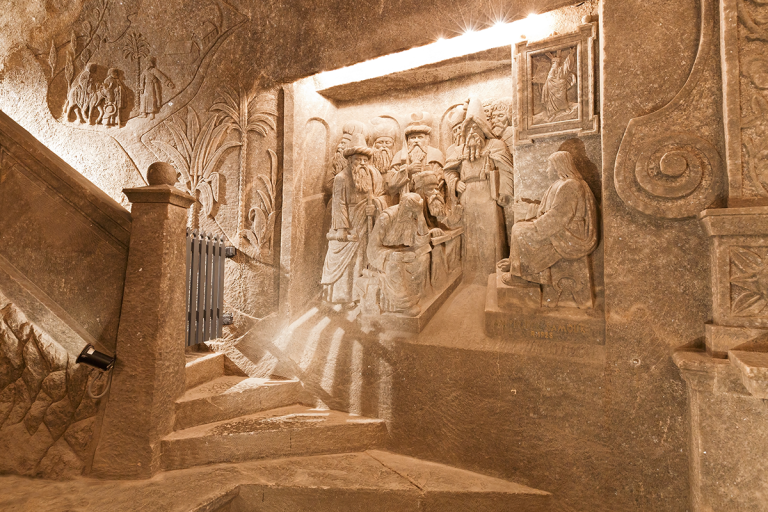
5. The Weimar Chamber
This chamber pays homage to two remarkable visitors: Goethe and Schopenhauer, who both descended into the mine and declared it a marvel of Europe. Their names adorn plaques on the walls. Today, the chamber is notable for its sheer breadth — a cavern where you can almost forget you are underground. Banquets, exhibitions, even sporting events have taken place here, proof of the mine’s ongoing role as cultural stage as well as historic relic.
Salt, Art, and Polish Identity
The mine was never only about extraction. From the 15th century onwards, miners carved altars, reliefs, and sculptures into the walls, transforming work into worship. Salt Madonna statues echo the Black Madonna of Częstochowa. A salt-carved Last Supper recalls Da Vinci. The mine became a kind of parallel Poland underground: part chapel, part art gallery, part fortress against time.
Even language holds its traces: Polish proverbs abound with salt, from “with bread and salt” (a phrase of hospitality) to “worth one’s salt.” To visit Wieliczka is to enter a living lexicon as much as a mine.
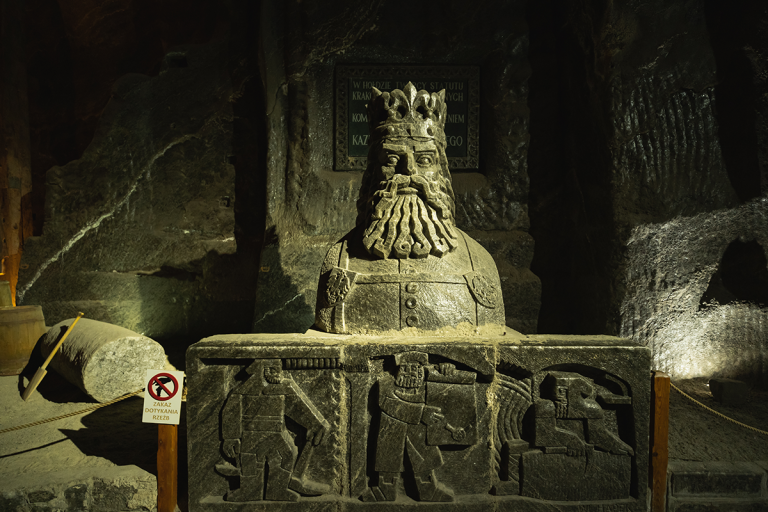
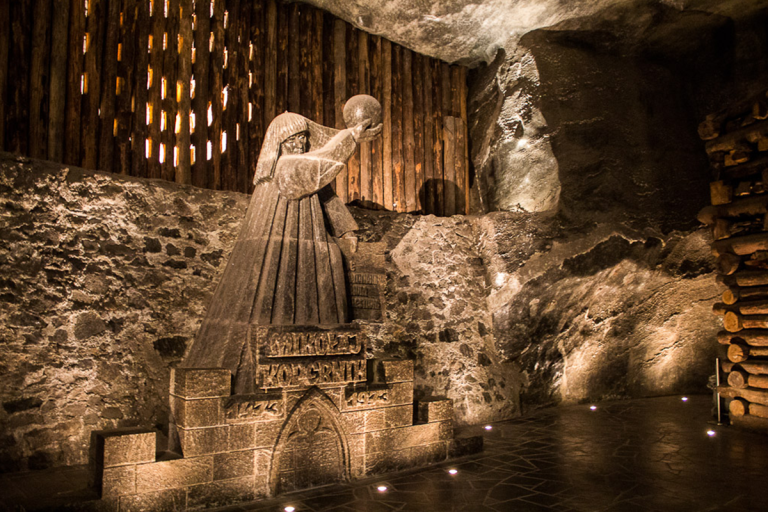
The Part That Stays With You
Emerging back into daylight, one feels altered. Salt, so ordinary at the table, becomes profound underground. Wieliczka teaches that even the most common element can inspire reverence, artistry, and community. It is a reminder that culture is often carved in silence and labour, hidden from sight yet enduring across centuries. Standing in the Chapel of St Kinga or before the subterranean lake, you cannot help but think: here, deep beneath Poland, the human spirit found a way to make darkness shine.
Did You Know?
- The mine extends for over 300 kilometres of tunnels, though only a fraction is open to visitors.
- Wieliczka produced salt continuously from the 13th century until 1996, when mining ceased for safety reasons.
- The air inside the mine is thought to have therapeutic properties, and there is even an underground sanatorium for respiratory illnesses.
- Chandeliers in the Chapel of St Kinga are made of rock salt crystals, painstakingly dissolved, purified, and reconstituted to sparkle like glass.
- A “miners’ orchestra” has performed underground since the 19th century, a tradition blending work, music, and ritual.
